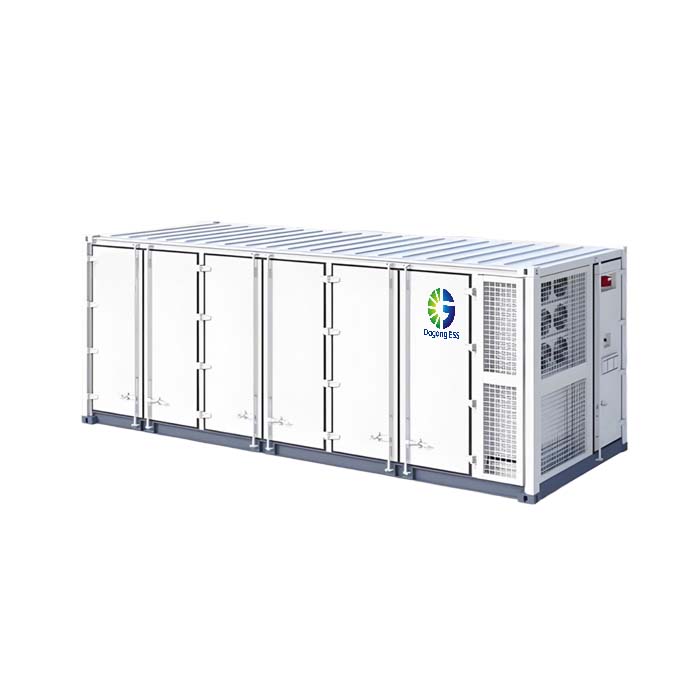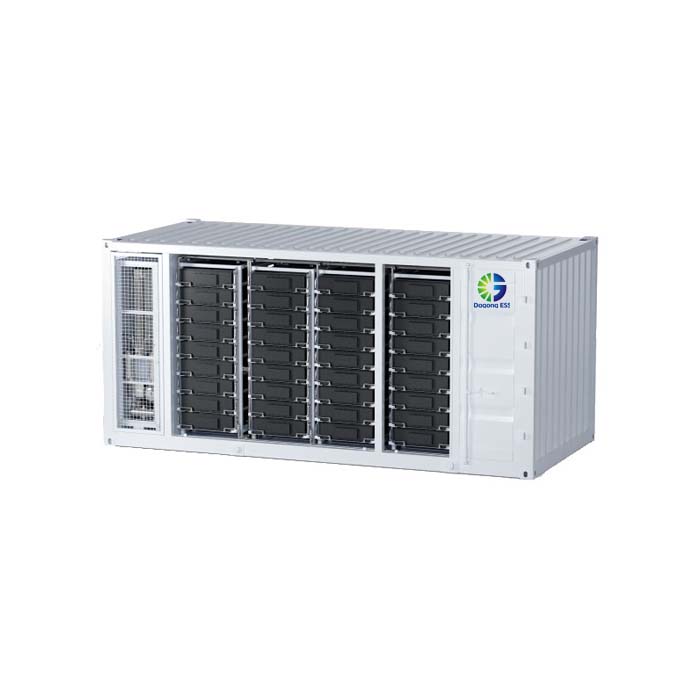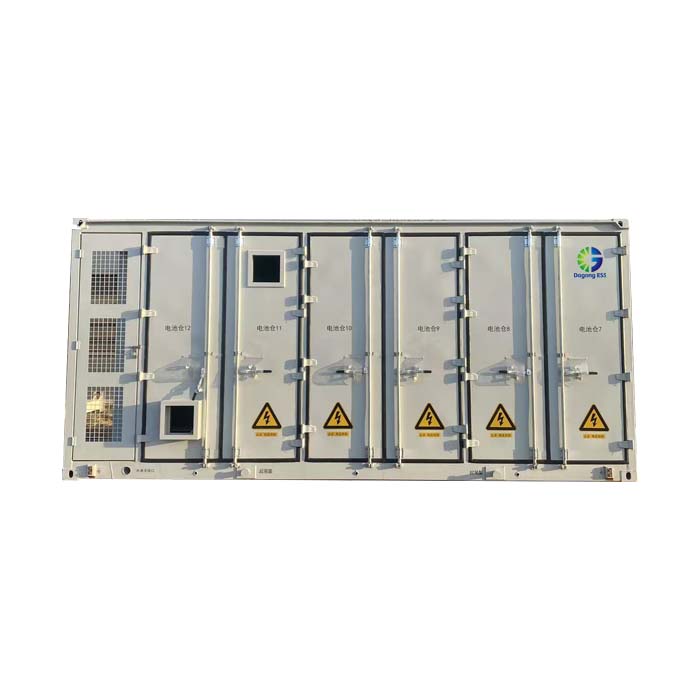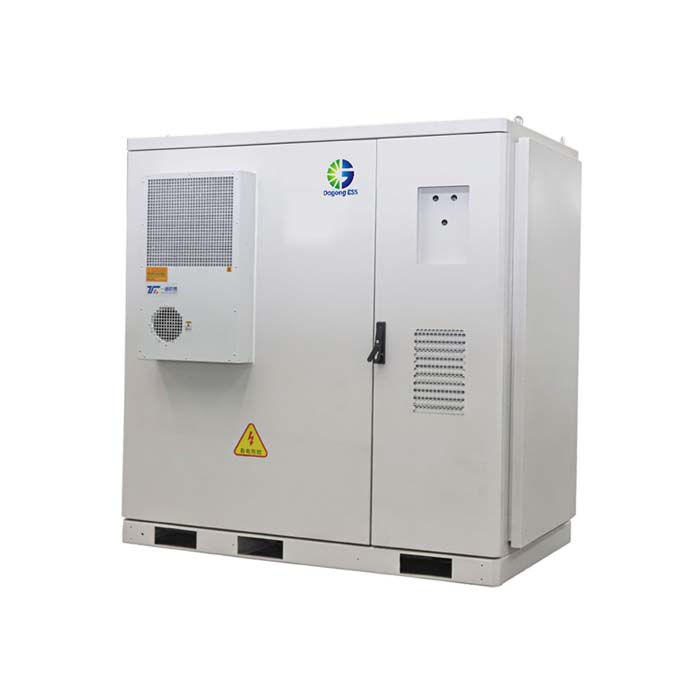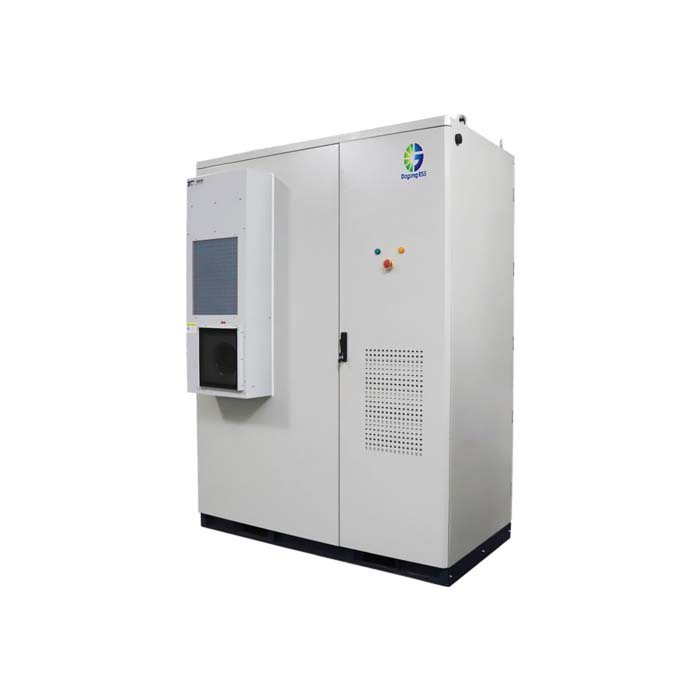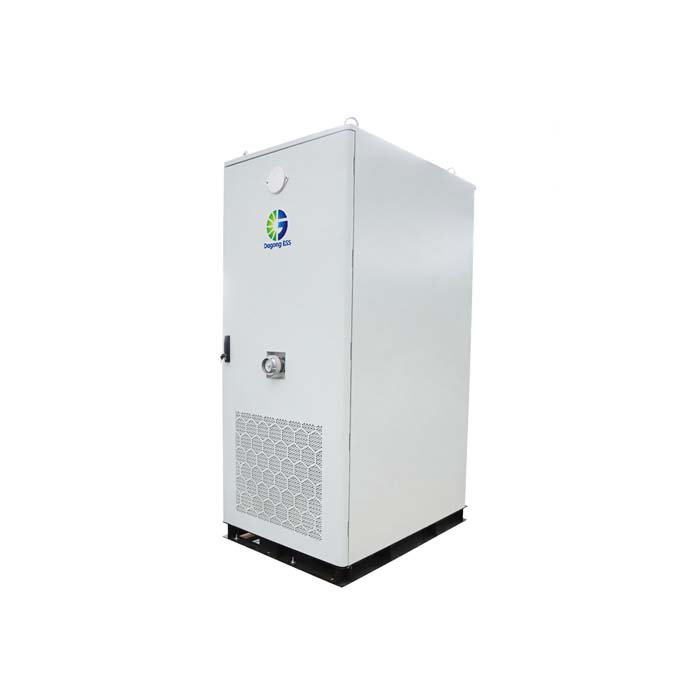From 5kWh Home Units to 3MWh Containers: The Role of Cycle Life in System Design
What is the Role of Cycle Life in ESS System Design?
Battery cycle life is a critical parameter in energy storage system (ESS) design. It defines the number of full charge and discharge cycles a battery can undergo before its capacity declines below 80% of the original. In practice, the cycle life influences:
System longevity – How long the ESS will reliably deliver energy.
Cost efficiency – Fewer replacements mean lower total ownership costs.
Scalability and flexibility – Determines the suitability of modular or containerized configurations.
Designing ESS requires careful consideration of load profiles, application frequency, and battery chemistry. LFP (Lithium Iron Phosphate) batteries are particularly well-suited due to their long cycle life, safety, and thermal stability.
Types of ESS Across Different Scales
Residential ESS (5kWh–30kWh)
Wall-mounted or stackable units
Daily cycling for solar self-consumption and backup power
Examples: Dagong ESS 5kWh–10kWh wall-mounted units, 5kWh–30kWh stackable cabinets
Commercial & Industrial ESS (100kWh–372kWh)
Air-cooled cabinets for offices, retail, and small industrial facilities
Liquid-cooled systems for factories and high-demand operations
Examples: 100kWh–241kWh air-cooled units, 215kWh–372kWh liquid-cooled systems
Containerized ESS (3.35MWh–5MWh)
Large-scale systems for renewable energy plants, grid stabilization, and industrial microgrids
Modular and expandable design to match future energy demand
Examples: Dagong ESS 3.35MWh liquid-cooled containers, 5MWh air-cooled containerized ESS
Features of Long Cycle Life Batteries in System Design
Extended Lifespan – Supports thousands of cycles, reducing system replacement costs.
Reliability and Safety – LFP batteries minimize fire risks and provide stable performance under heavy use.
Modular Architecture – Stackable or containerized design enables flexible capacity expansion.
High Efficiency – Round-trip efficiency exceeding 90% ensures energy savings.
Low Maintenance – Long cycle life reduces downtime and operational expenses.
These features ensure that both small residential and large industrial ESS can meet application requirements efficiently while maximizing ROI.
Applications Across System Scales
Residential: Solar energy storage, backup during outages, and peak shaving for households
Commercial: Offices, shopping centers, and commercial buildings for load management and cost savings
Industrial: Factories, manufacturing plants, and critical infrastructure with high cycling demand
Utility-Scale: Containerized systems for renewable energy integration, grid stabilization, and microgrids
For instance, Dagong ESS 5kWh stackable units enable homeowners to optimize solar self-consumption, while 3.35MWh containerized systems allow industrial parks or renewable energy plants to balance supply and demand efficiently.
Price of ESS Systems Considering Cycle Life
The cost of energy storage systems depends on multiple factors:
System capacity (kWh or MWh)
Battery chemistry and cycle life
Depth of discharge and expected cycling frequency
Control software, installation conditions, and auxiliary equipment
Pricing is usually quoted under international trade terms such as EXW, FOB, or CIF, depending on location and logistics. For a tailored quotation based on project needs, it is best to contact the supplier directly.
How to Select ESS Based on Cycle Life
Assess Daily Energy Needs – Determine how frequently the battery will cycle.
Match System Size to Load – Residential units for low kWh, industrial and containerized systems for high-demand applications.
Choose Appropriate Cooling – Air-cooled for moderate load; liquid-cooled for heavy cycling.
Prioritize Long Cycle Life Batteries – LFP technology offers over 8,000 cycles and 15+ years lifespan.
Consider Future Expansion – Modular or containerized systems allow growth without replacing existing infrastructure.
How Long Do ESS Batteries Last Across Scales?
Residential ESS (5–30kWh): 10–15 years
Commercial ESS (100–241kWh): 12–15 years
Industrial ESS (215–372kWh): 12–15 years
Containerized ESS (3.35–5MWh): 15+ years
Long cycle life ensures predictable performance, lower replacement costs, and maximized ROI regardless of system size.
The Supplier of Flexible LFP ESS Systems
While many suppliers provide energy storage solutions, Dagong ESS is known for offering long cycle life, modular and containerized LFP systems suitable for residential, commercial, and industrial applications.
Residential: 5–30kWh stackable and wall-mounted units
Commercial/Industrial: 100–372kWh air-cooled or liquid-cooled systems
Utility-Scale: 3.35–5MWh containerized ESS
Dagong ESS ensures systems are safe, scalable, and cost-effective, delivering long-term energy storage solutions for diverse applications.
If you are interested in Dagong ESS flexible LFP energy storage systems, please contact:Email: sales@dagongess.com
Website: www.dagongess.com


